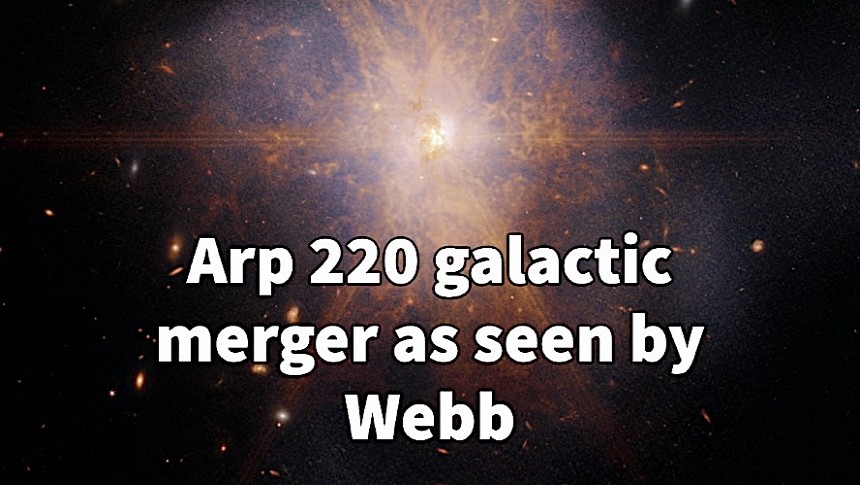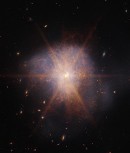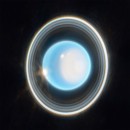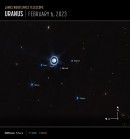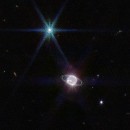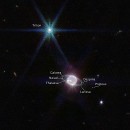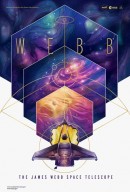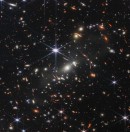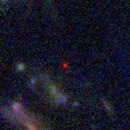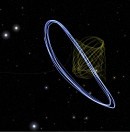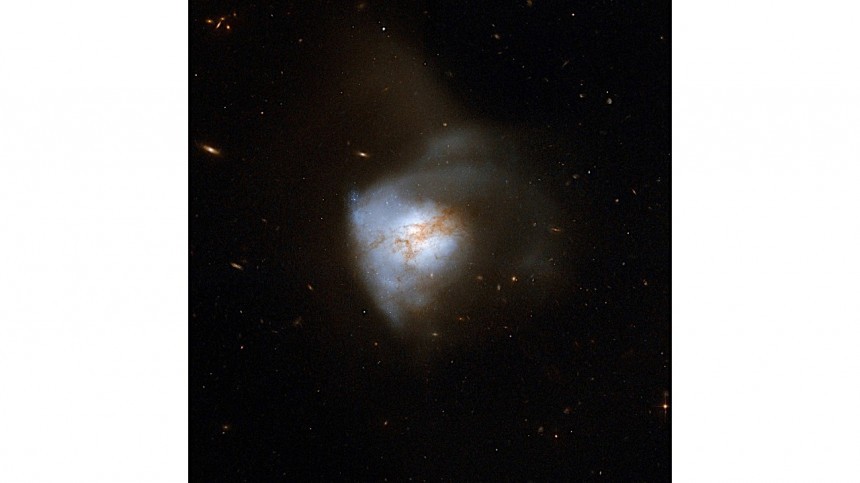Although we can't really grasp the size of the place with our puny minds, most of us humans know the Universe is so large it borders infinity. Yet even in this incredibly vast space, there are places where real dramas unfold. And few such dramas are as spectacular as galactic mergers.
Galaxy mergers are described by scientists as the most violent form of contact between these immense conglomerates of stars, planets, and emptiness. They occur when two or more galaxies get so close to each other that they begin to blend. Depending on various factors, such events can cause incredible turmoil in each of them because of the gravitational forces and friction involved.
It's a fate that awaits our own Milky Way, which according to some scientists has already begun merging with a galaxy called Andromeda. Sure, the process is still in its very early stages, but eventually, billions of years from now, the two will become a single, giant, elliptical galaxy, a place few of us alive today will probably be able to recognize.
The James Webb Space Telescope (JWST), the most advanced such piece of hardware at our disposal, can help us paint a slightly better picture of what the merging process could mean, thanks to a snapshot of a place called Arp 220.
That's a spot located some 250 million light-years away from Earth, in a constellation we know as Serpens. It is one of three galactic mergers we know taking place in the space around us, and, because it's also the closest ultra-luminous infrared galaxy (ULIRG), the brightest of them all.
Arp 220 is where 700 million years ago, two spiral galaxies started merging. We know that because we've been looking at it for a while now. The fight between the two galaxies allowed us to detect with various instruments 100 supernova remnants, in a space that is less than 5000 light-years across.
Hubble, on the other hand, helped us locate the cores of the galaxies involved, now located 1,200 light-years away from each other. Each of these cores comes with a star-forming ring that rotates and spits out infrared light. The main image of this piece, captured by Webb and published by NASA on Monday, shows that infrared light coming from the galactic cores.
That’s the big blob of light in the middle of the photo, shooting off orange rays of light. The blue specs intertwined with the orange at the blob’s edges represent as per NASA scientists tidal tails, or “material drawn off the galaxies by gravity.”
Aside from being spectacular to look at, galaxy mergers are also the perfect hotbeds for new stars to be born. NASA says Arp 220’s merger has been responsible for “an enormous burst of star formation,” with no less than 200 “huge” star clusters now packed in a region just 5,000 light-years across – for reference, that means just five percent of the diameter of our own galaxy.
It's a fate that awaits our own Milky Way, which according to some scientists has already begun merging with a galaxy called Andromeda. Sure, the process is still in its very early stages, but eventually, billions of years from now, the two will become a single, giant, elliptical galaxy, a place few of us alive today will probably be able to recognize.
The James Webb Space Telescope (JWST), the most advanced such piece of hardware at our disposal, can help us paint a slightly better picture of what the merging process could mean, thanks to a snapshot of a place called Arp 220.
That's a spot located some 250 million light-years away from Earth, in a constellation we know as Serpens. It is one of three galactic mergers we know taking place in the space around us, and, because it's also the closest ultra-luminous infrared galaxy (ULIRG), the brightest of them all.
Hubble, on the other hand, helped us locate the cores of the galaxies involved, now located 1,200 light-years away from each other. Each of these cores comes with a star-forming ring that rotates and spits out infrared light. The main image of this piece, captured by Webb and published by NASA on Monday, shows that infrared light coming from the galactic cores.
That’s the big blob of light in the middle of the photo, shooting off orange rays of light. The blue specs intertwined with the orange at the blob’s edges represent as per NASA scientists tidal tails, or “material drawn off the galaxies by gravity.”
Aside from being spectacular to look at, galaxy mergers are also the perfect hotbeds for new stars to be born. NASA says Arp 220’s merger has been responsible for “an enormous burst of star formation,” with no less than 200 “huge” star clusters now packed in a region just 5,000 light-years across – for reference, that means just five percent of the diameter of our own galaxy.
